I knew I was doomed to a life as a filmmaker when I watched Hearts of Darkness: A Filmmaker’s Apocalypse as a teenager and thought, this looks so fun. The documentary, made by Eleanor Coppola, follows her husband Francis Ford Coppola’s tortured experience making the now agreed upon classic Apocalypse Now. It is not supposed to look fun. It’s supposed to be a testament to the misery — and questionable ethics — it took to make a Great Work of Art.
My love of filmmaking has not waned since I watched this doc, but having now been on many professional sets my views have shifted. I believe there are ways to make a Great Work of Art without Coppola’s approach, without putting yourself and your actors and your crew and bystanders through hell. And yet…
Most art is impacted by the miseries of capitalism, but none more than filmmaking. Francis Ford Coppola rose to prominence in the 70s, during an era of American cinema where a group of filmmakers (mostly white, mostly straight, mostly men) were able to reinvent Hollywood to make art that was personal and interesting. I do not romanticize these men like I used to, but I do think their best qualities are worth admiring, worth replicating alongside more holistic values.
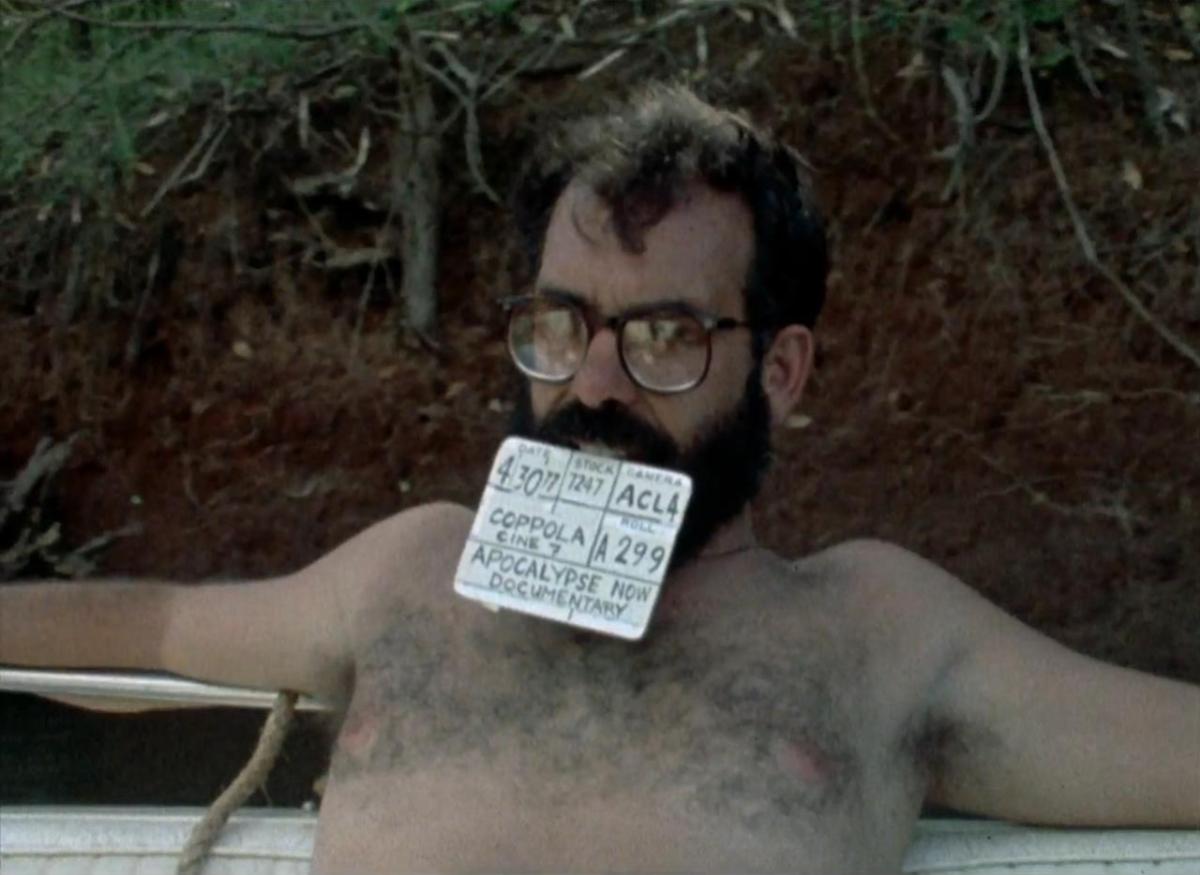
Francis Ford Coppola in Hearts of Darkness: A Filmmaker’s Apocalypse
Because Francis Ford Coppola is 85 and his self-financed Megalopolis is probably his last film, I’m not as concerned with things like his casting “canceled” actors to prove some sort of point or accusations of predatory behavior on set (which he has denied). I’m not even interested in whether or not Megalopolis is good. I am, however, glad it exists. Even if it’s the last burst of creation from an artist who is both great and calls into question who and what we deem great.
You probably know Coppola as the director of his 70s masterpieces: The Godfather, The Conversation, The Godfather: Part II, and Apocalypse Now. While I think these are great films — The Godfather especially deserving of its gargantuan reputation — I also believe Coppola is an artist whose most interesting work lies outside the confines of this greatness.
If you’ve seen Coppola’s most famous work and are wondering where to go next to prepare for Megalopolis, or if you’ve resisted seeing these films and want another entry-point, here are five other Coppola films I love. Their beauty lies in their imperfections.
The Rain People (1969)
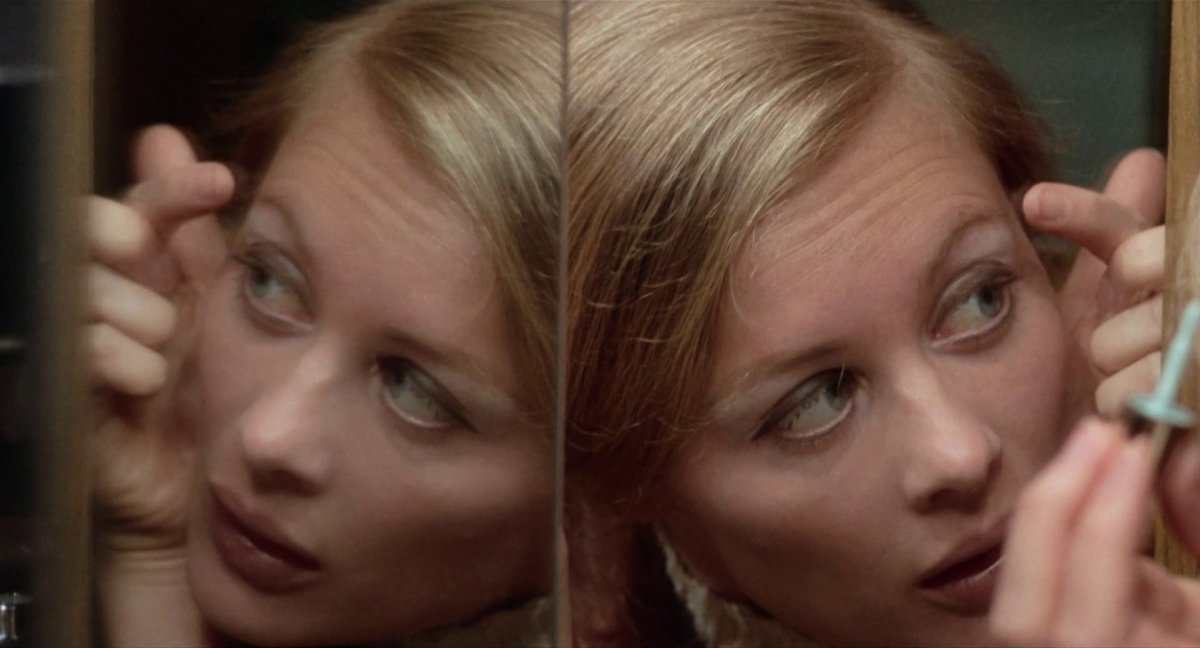
Shirley Knight in The Rain People
Coppola got the opportunity to direct The Godfather primarily because he won a screenwriting Oscar for Patton. But plenty of his pre-1970s directorial work is worth checking out, most as curios, one for its own merits. That one film is The Rain People, a movie that shows Coppola’s smaller ambitions. There’s an emphasis on character and human specificity that he’ll carry over into the best of his more epic work. Here it’s allowed to just be.
Rumble Fish (1983)
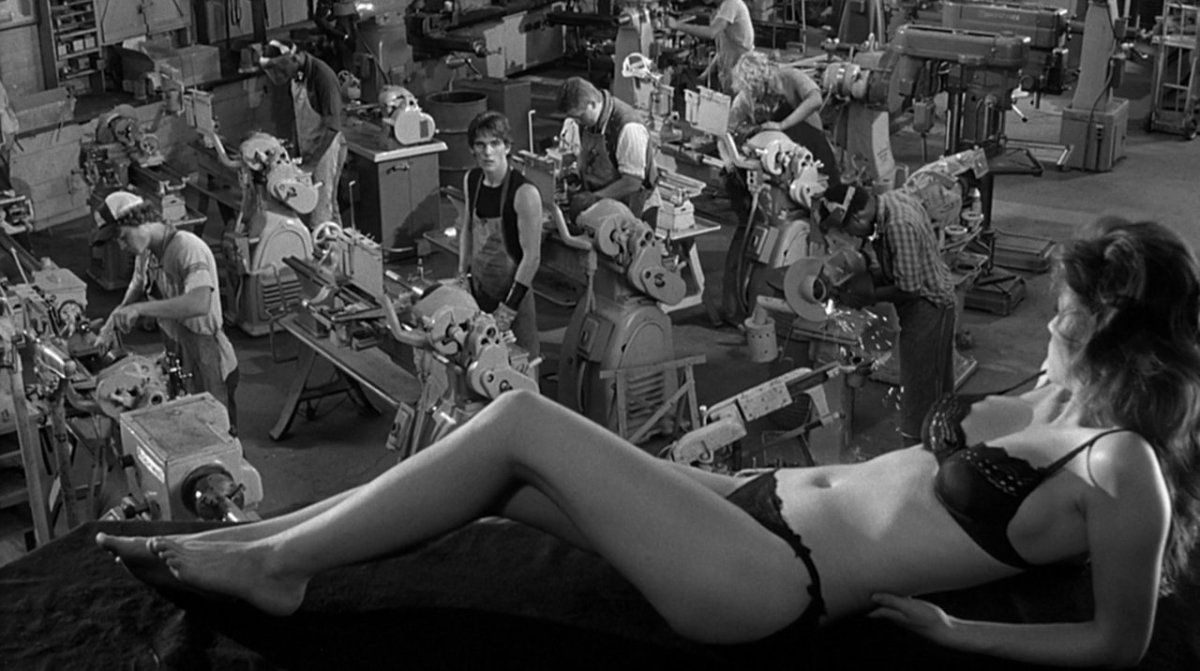
Matt Dillon and Diane Lane in Rumble Fish
While Coppola’s other S.E. Hinton adaptation The Outsiders is more well-known, this film is better in every regard. A story of brothers shot in gorgeous black and white (with pops of color), Rumble Fish is a poetic tale of confused masculinity. Also I absolutely fell in love with Diane Lane when I first watched this as a teenager.
The Cotton Club (1984)
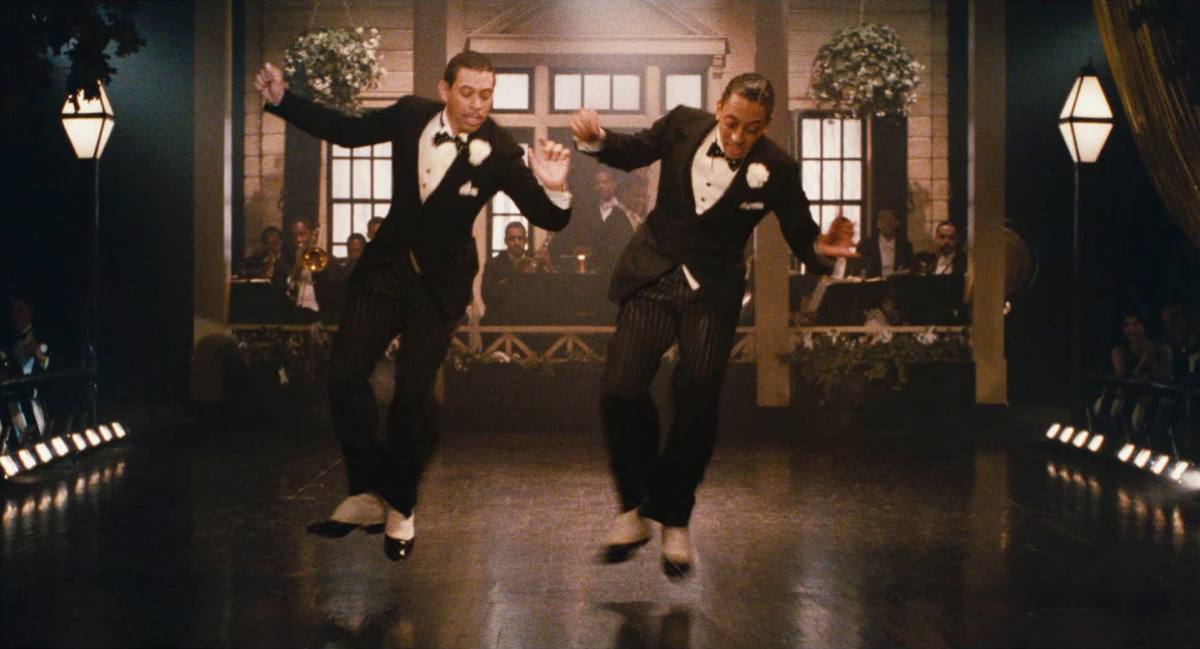
Maurice and Gregory Hines in The Cotton Club
Often the narrative of Coppola’s career is that after his big flop One from the Heart (which is worth watching after these), he wasn’t able to make any more great or ambitious films. But Rumble Fish came out the year after and the year after the two S.E. Hinton adaptations, he did The Cotton Club. There’s a limit to how good a movie about the Cotton Club starring Richard Gere and Diane Lane could be, but this movie reaches that limit. It helps that the recent release reduces some of the white mobster plot to focus more on the Black performers. But even in its original version, Gregory Hines is the true star, and the film in its best moments is magnificent.
Bram Stoker’s Dracula (1992)
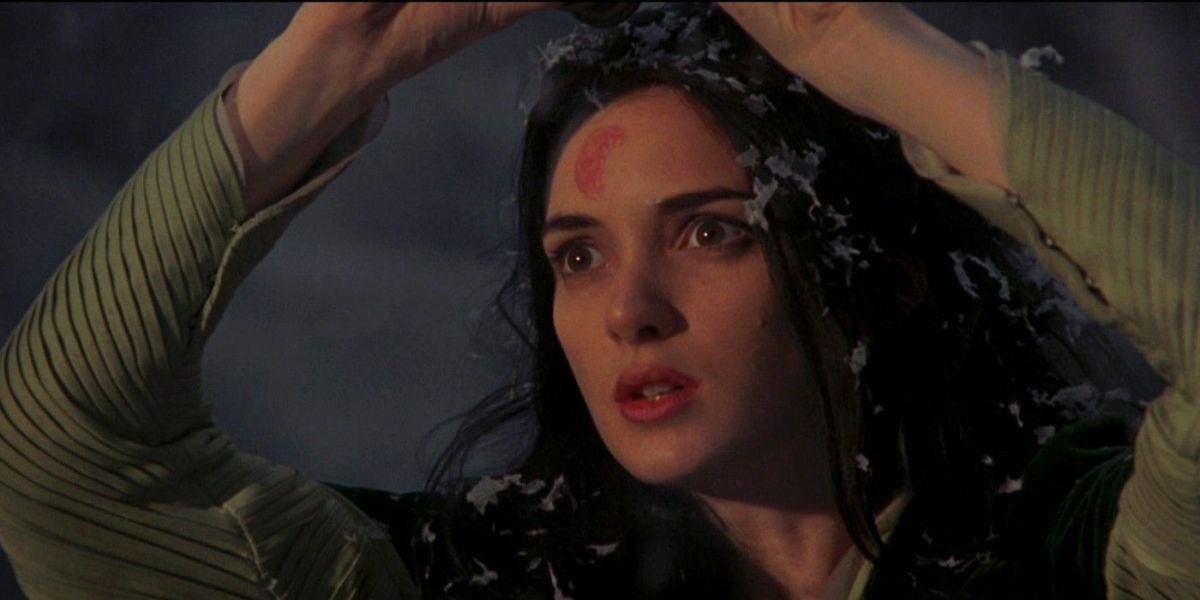
Winona Ryder in Bram Stoker’s Dracula
Bram Stoker’s Dracula — which much like William Shakespeare’s Romeo + Juliet should really be named for its filmmaker rather than its source author — has gained something close to universal acclaim in recent years. Even in the misguided AI quote Megalopolis trailer, Dracula is listed alongside The Godfather and Apocalypse Now as Coppola’s supposedly misunderstood masterpieces. Stylish and horny, this take on the classic tale is deserving of its newfound reputation. And, I mean, it stars Keanu Reeves and Winona Ryder, that alone should sell it.
Tetro (2009)
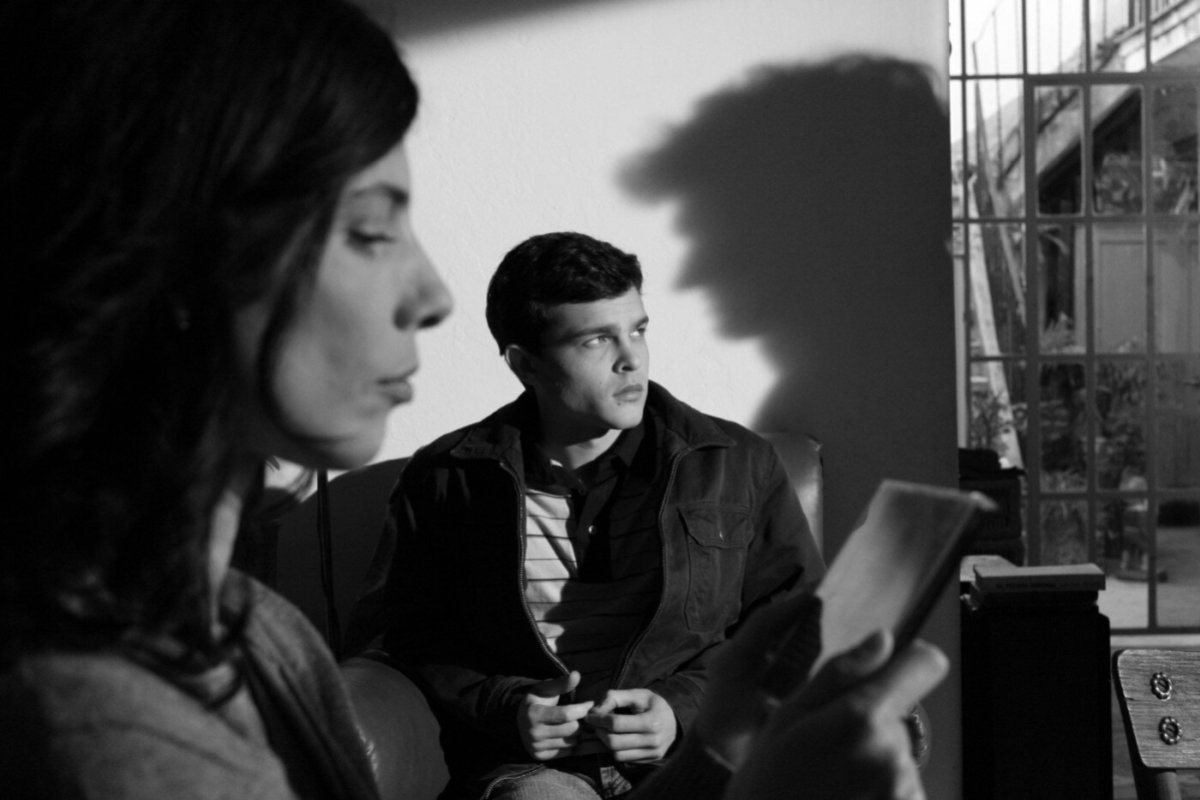
Maribel Verdú and Alden Ehrenreich in Tetro
The greatest argument for Coppola’s late period is this spiritual sequel to Rumble Fish. Another tale of brothers shot in black and white with pops of color, Tetro felt like a true return to the personal after the more cerebral Youth Without Youth. It’s a testament to the rest of the cast (Maribel Verdú, Alden Ehrenreich, and Carmen Maura) that not even the presence of Vincent Gallo dampens the experience. Tetro has the energy and experimentation of a young filmmaker, not a 70-year-old, and within that lies Coppola’s greatest strength as an artist. There seems to be an endless striving, a willingness — and privilege — to risk ruin in pursuit of something pure. Even if they can only be achieved through moments within the greater or not so great whole.
I’m seeing Megalopolis tonight in IMAX and even after months of online reactions and discourse, I don’t know what to expect. But whether I love the film, hate the film, or simply admire it, I hope my generation and the generations to come will study Coppola. I hope we can adopt his strengths, letting the rest fall away to a bygone era.
Megalopolis opens tonight and tomorrow in theatres.



You have convinced me to go see Megalopolis even though Coppola seems like a creepy old man
Extremely fair !
Same. Sold by Drew and Aubrey Plaza!
I don’t even really care that much about films and yet I just love reading anything and everything Drew writes about them. I guess I need to watch some Coppola movies now!
That’s really nice. Thank you. :’)